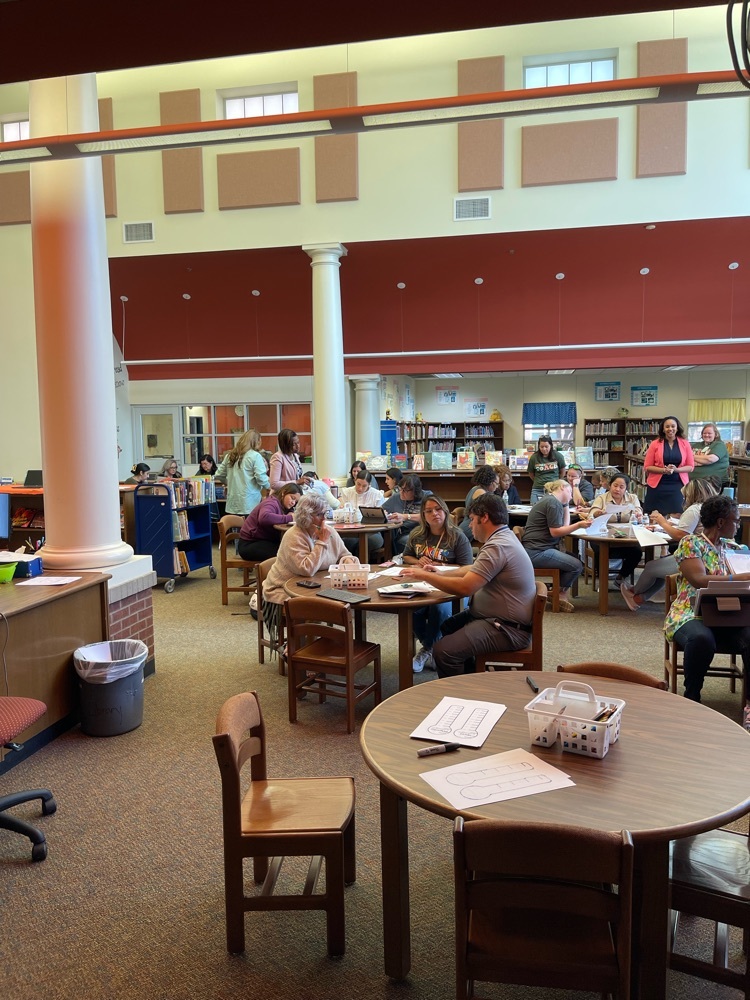
At our staff meeting, teachers were able to practice the gradual release model.
The Gradual Release Model is an instructional framework that has gained popularity in education for its effectiveness in facilitating student learning and independence. Developed by Pearson and Gallagher in the 1980s, this model is based on the idea of shifting the responsibility for learning from the teacher to the student gradually. It consists of four key phases:
I Do (Modeling): In this initial phase, the teacher demonstrates a skill or concept, providing clear explanations and examples. This step helps students understand the task and its expected outcomes.
We Do (Guided Practice): The teacher and students work together to apply the newly introduced skill. This collaborative approach allows students to practice under the teacher's guidance, receiving immediate feedback and support.
You Do Together (Collaborative Practice): As students become more confident, they work in pairs or small groups to apply the skill. This phase encourages peer learning, fostering cooperation and communication.
You Do (Independent Practice): In the final stage, students demonstrate their understanding independently. They apply the skill or knowledge acquired in real-world contexts, showcasing their ability to use it effectively.
The Gradual Release Model recognizes that students have varying learning paces and needs. By gradually transferring responsibility, it empowers students to become self-directed learners. It promotes critical thinking, problem-solving, and confidence in their abilities. This model aligns with modern pedagogical approaches that prioritize student-centered learning and the development of lifelong skills. In classrooms where the Gradual Release Model is employed, students are more engaged, motivated, and equipped for success in their educational journey.


